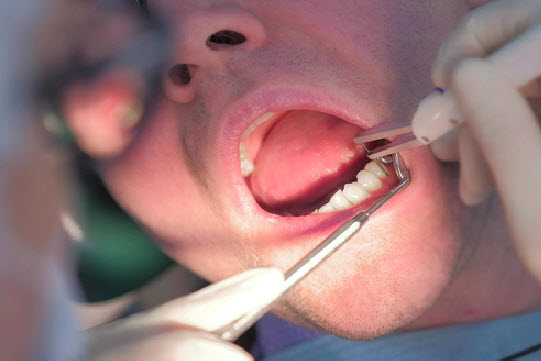Will I Lose My Teeth If I Have Periodontal Disease?
Understanding Gum Disease
Gum disease is a common oral health issue that starts with bacteria buildup in the mouth, leading to an infection in the gums. The earliest stage of the disease is gingivitis, often resulting in swollen gums and bleeding during brushing or flossing.
If left untreated, gingivitis can progress to a more advanced stage called periodontitis. This severe form of gum disease can damage the bone and soft tissue supporting your teeth, leading to eventual tooth loss.
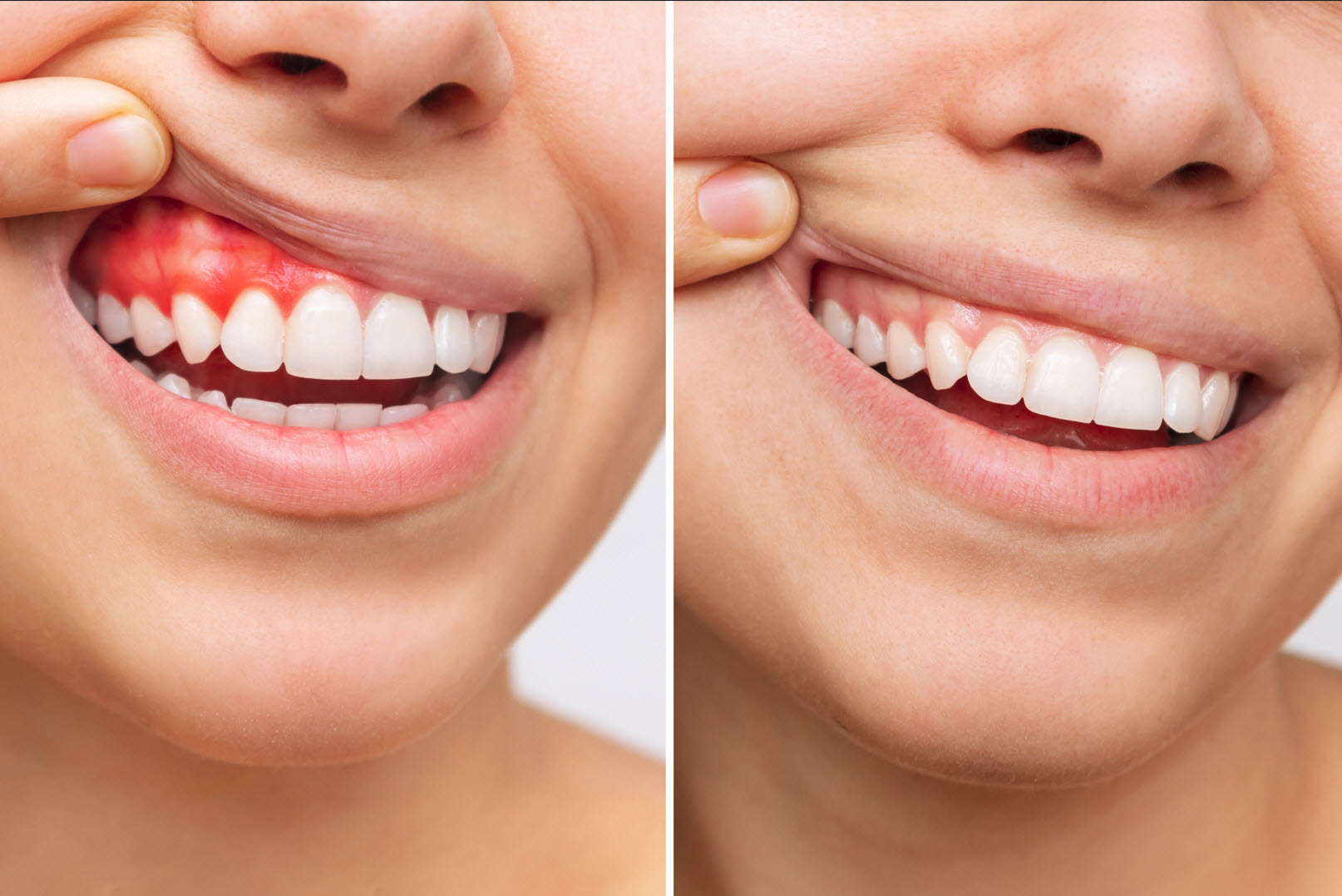
Causes of Periodontal Disease
The primary cause of the disease is the buildup of plaque, a sticky film of bacteria that continuously forms on our teeth.
When plaque isn’t adequately removed by proper oral hygiene practices, such as brushing and flossing, it can harden into tartar. You cannot remove tartar at home by regular brushing; only a dental hygienist or dentist can remove it during a deep cleaning.
Contributing Risk Factors
Several factors can contribute to the development and progression of gum disease, including:
- Poor Dental Hygiene: Inadequate brushing and flossing habits allow harmful oral bacteria to multiply, leading to gum disease.
- Tobacco Use: Smoking and other forms of tobacco use significantly increase the risk of the disease.
- Age: As we age, the risk of developing the disease increases.
- Genetics: Some people may be genetically predisposed to this disease.
- Certain Diseases: Conditions like diabetes, heart disease, and certain immune system diseases may increase a person’s risk of developing these diseases.
By understanding the causes and risk factors, you can take proactive steps towards maintaining gum health and preventing gum disease that can lead to losing teeth.
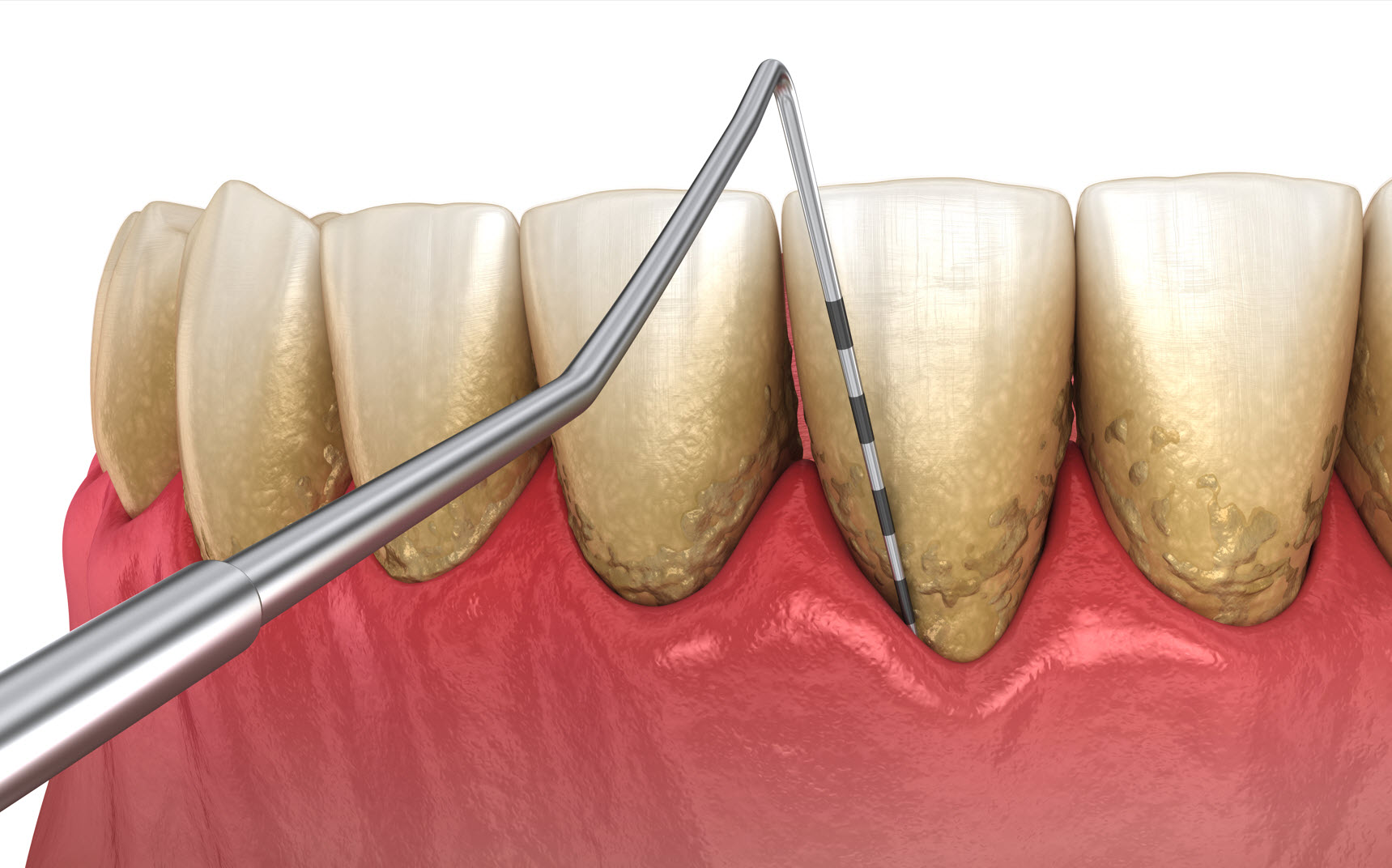
Common Symptoms of Gum Disease
The early signs of gum disease may be subtle and not immediately noticeable.
However, as the disease progresses, common symptoms may include:
- Swollen Gums: While healthy gums are typically pink and firm, gum infection can cause the gums to become red, swollen, and tender.
- Bleeding Gums: Bleeding gums are one of the common warning signs of the condition that patients will usually experience during brushing or flossing.
- Receding Gums: Gum recession can make the teeth appear longer than usual.
- Loose or Shifting Teeth: As bone loss occurs, teeth may become loose.
- Persistent Bad Breath: Accumulated bacteria can cause chronic bad breath.
- Pain While Chewing: Advanced form of the disease can cause discomfort or pain when chewing.
The Journey from Swollen Gums to Severe Gum Disease
The journey from swollen gums to advanced periodontal disease is gradual, often taking place over several years. It typically starts with a mild inflammation of the gums caused by plaque accumulation.
If the plaque is not removed, it can harden into tartar, leading to more significant inflammation and the formation of pockets between the gums and teeth.
As gum disease progresses, these pockets deepen, accumulating more bacteria and causing further gum tissue and bone loss.
The teeth may start to loosen due to the loss of supporting structures. If you do not seek treatment, this can eventually lead to lost teeth.
Missing teeth should no longer compromise a healthy smile; you can consider a dental implant to boost your confidence: dental implant.
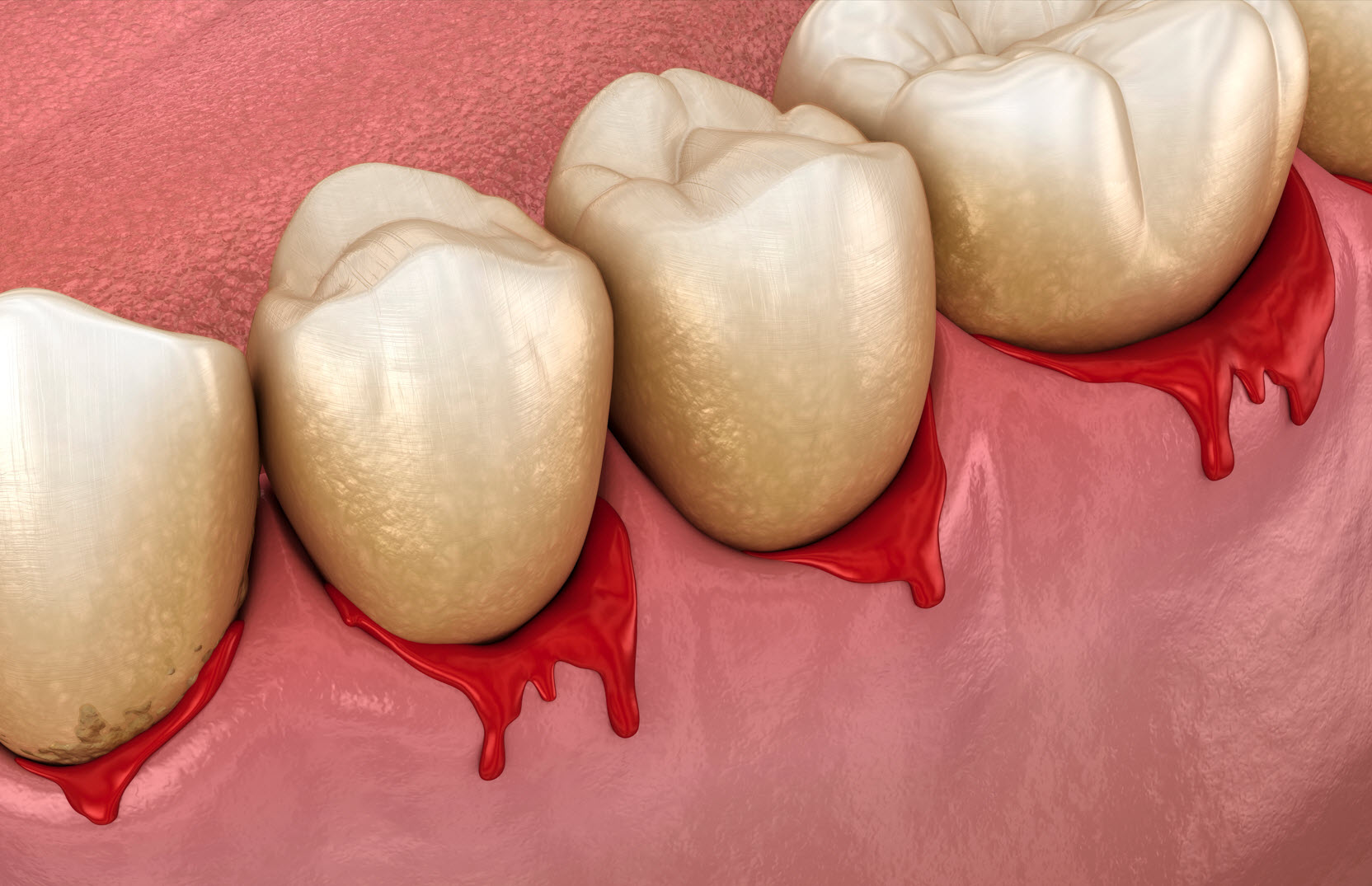
Progression of Periodontal Disease: From Mild to Severe
Periodontal disease is a progressive disease that, if left unaddressed, can move from a mild stage to a more severe form. Early gum disease, known as gingivitis, is characterized by inflamed gums and occasional bleeding during brushing and flossing. Good oral hygiene and regular dental cleanings often reverse this stage.
If not addressed, gingivitis can advance to periodontitis, a more severe stage of gum disease. During this stage, the gum tissue begins to recede, creating deep pockets between the teeth and gums. These pockets can harbour harmful bacteria, exacerbating the condition. This progression can lead to extensive bone loss around the teeth.
Chronic periodontitis can cause significant damage to the gum tissue, bone, and other structures that support the teeth.
Advanced periodontitis can result in loose teeth and, eventually, teeth loss.
Did you know you can consider dental implants for replacing missing teeth? See Dental implant treatment in Brisbane
Common Symptoms of Gum Disease
The early signs of gum disease may be subtle and not immediately noticeable.
However, as the disease progresses, common symptoms may include:
- Swollen Gums: While healthy gums are typically pink and firm, gum infection can cause the gums to become red, swollen, and tender.
- Bleeding Gums: Bleeding gums are one of the common warning signs of the condition that patients will usually experience during brushing or flossing.
- Receding Gums: Gum recession can make the teeth appear longer than usual.
- Loose or Shifting Teeth: As bone loss occurs, teeth may become loose.
- Persistent Bad Breath: Accumulated bacteria can cause chronic bad breath.
- Pain While Chewing: Advanced form of the disease can cause discomfort or pain when chewing.
The Journey from Swollen Gums to Severe Gum Disease
The journey from swollen gums to advanced periodontal disease is gradual, often taking place over several years. It typically starts with a mild inflammation of the gums caused by plaque accumulation.
If the plaque is not removed, it can harden into tartar, leading to more significant inflammation and the formation of pockets between the gums and teeth.
As gum disease progresses, these pockets deepen, accumulating more bacteria and causing further gum tissue and bone loss.
The teeth may start to loosen due to the loss of supporting structures. If you do not seek treatment, this can eventually lead to lost teeth.
Missing teeth should no longer compromise a healthy smile; you can consider a dental implant to boost your confidence: see all on 4 dental implants in Brisbane.
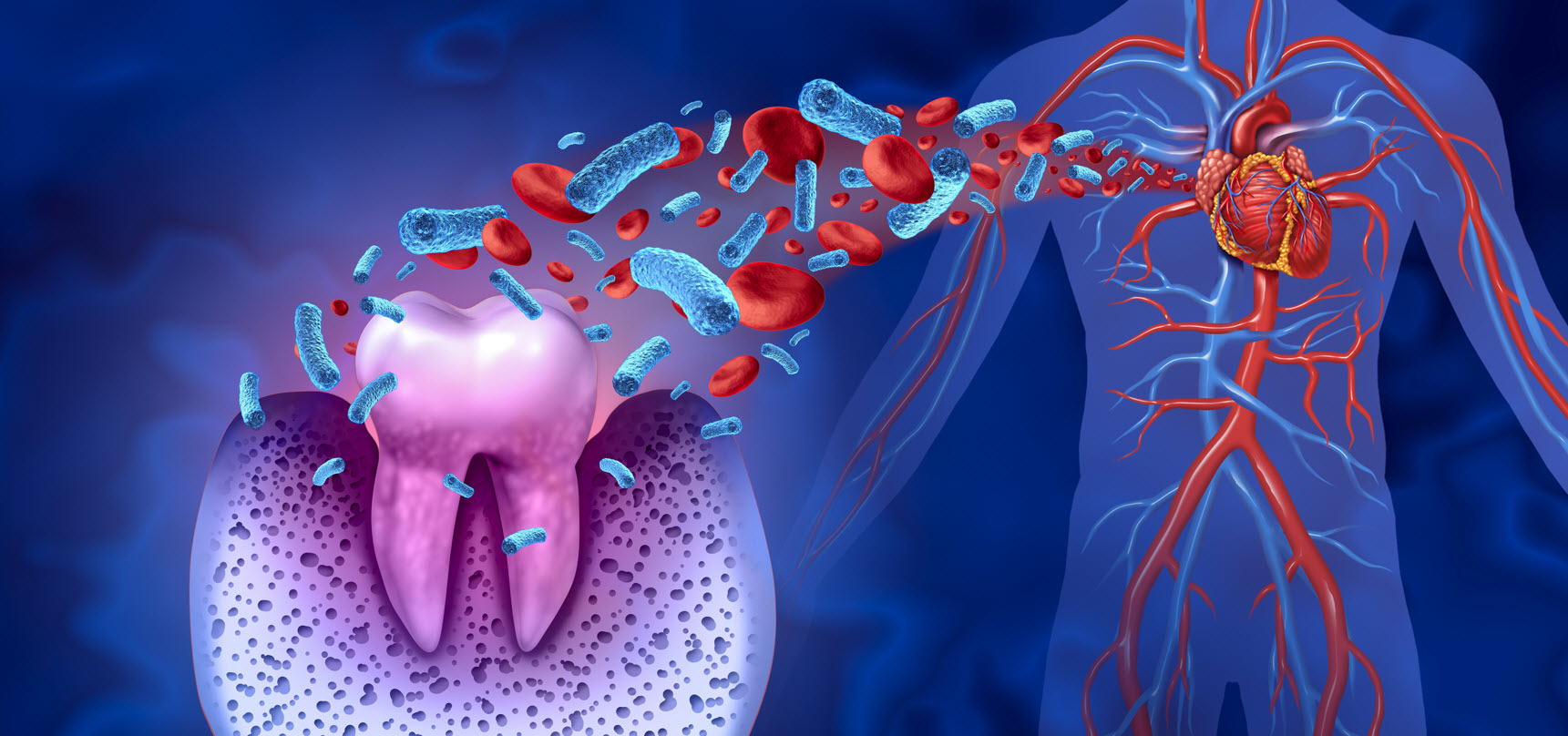
Understanding The Link Between Periodontal Disease and Tooth Loss
Periodontal disease and tooth loss are closely linked. Periodontal disease is one of the leading causes of lost teeth in adults. The reason for this is how the disease affects the structures supporting your natural teeth.
When gum disease is in its early stages, it primarily affects the gum tissue. However, as the disease progresses to advanced gum disease, it damages the bone that supports your teeth. Once this bone is lost, it doesn’t naturally regenerate, which can lead to loose teeth and, eventually, tooth loss.
The missing teeth can be replaced with dental implants, but this surgical procedure may not be an option for everyone, especially those with extensive bone loss.
Read more here: dental implants
Preventing Tooth Loss from Periodontal Disease
Preventing losing one or more teeth because of periodontal disease primarily involves preventing or managing the disease. That means maintaining a high standard of dental hygiene, making lifestyle modifications where necessary, and seeking professional dental care regularly.
Strategies to Protect Your Teeth
There are strategies you can employ to protect your teeth and prevent further damage:
- Visiting The Dentist Regularly: Regular visits to your paediatric dentist or dentist for check-ups and cleanings can help maintain healthy gums, catch signs of gum disease early, and prevent its progression.
- Good Oral Hygiene: Brushing twice a day, flossing daily, and using an antimicrobial mouthwash can help to keep your mouth healthy by reducing the amount of plaque and bacteria.
- Healthy Diet: Eating a balanced diet rich in vitamins and minerals can boost your immune system and help your body fight infection.
- Quit Smoking: Smoking is a significant risk factor for gum disease. If you smoke, quitting can significantly improve your oral health.
- Treat Underlying Conditions: Certain diseases, such as diabetes, can increase your risk of gum disease. Managing these conditions can help to prevent gum disease and subsequent tooth loss.
Impact of Oral Hygiene on Periodontal Disease
Dental hygiene plays a crucial role in preventing and managing periodontal disease. Brushing and flossing remove plaque. An antimicrobial mouthwash can also help to kill bacteria in your mouth and reduce plaque.
Additionally, professional cleanings by a dental hygienist or dentist or paediatric dentist can remove tartar, a hardened form of plaque that can’t be removed by regular brushing and flossing.
Regular dental check-ups can also help to identify early signs of gum disease, enabling prompt treatment to prevent progression to more severe stages.
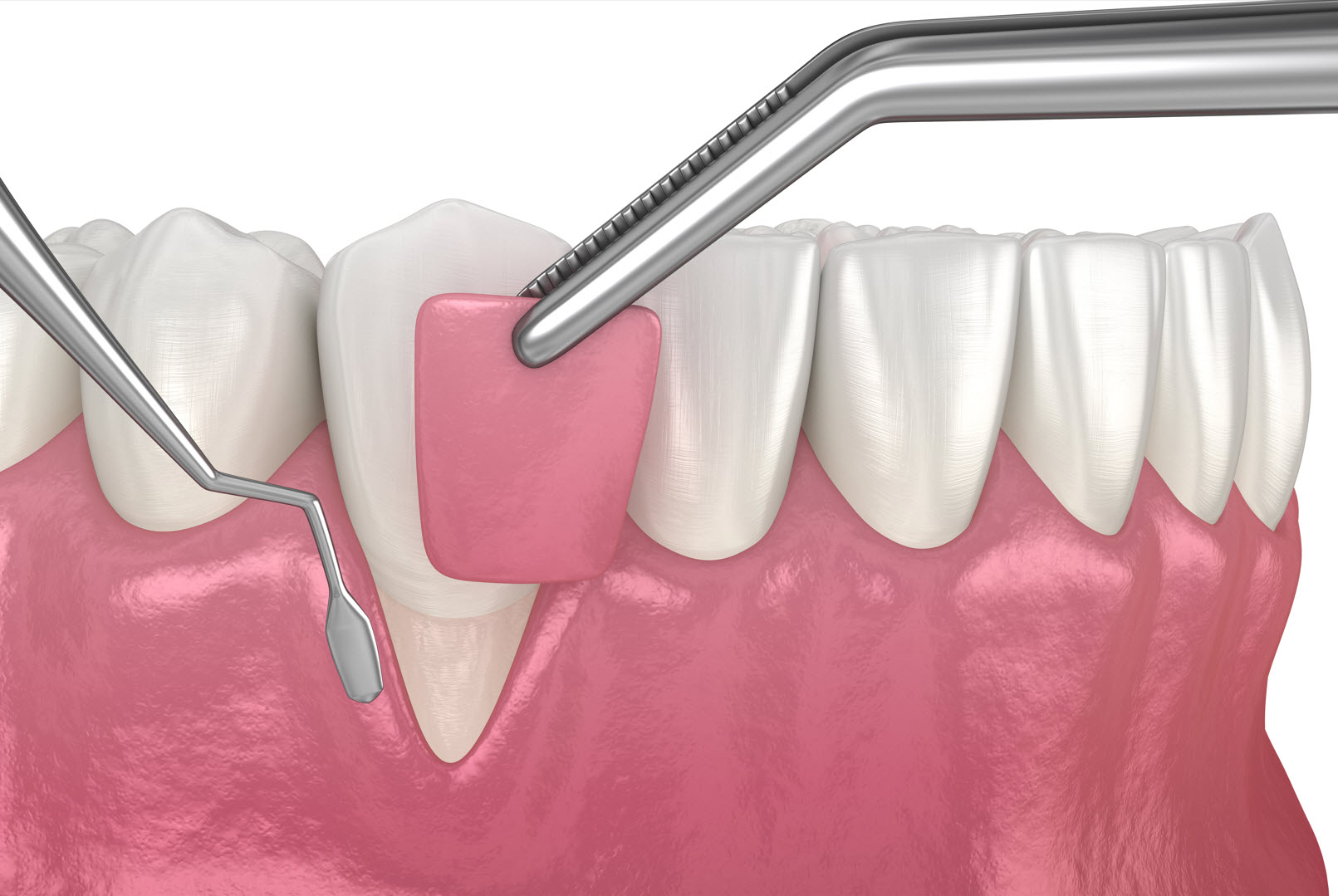
Gum Disease Treatment In Brisbane
How Is Gum Disease Treated
It’s important to remember that the best treatment option depends on the different stages of gum disease, your overall health, and how well you’ve responded to earlier treatments.
Dental specialists can provide a comprehensive treatment plan tailored to your needs. The sooner you seek treatment, the better the chances of saving your teeth and health.
Click this link for gum disease treatment in Brisbane.
Nonsurgical Treatment Options
- Professional Dental Cleaning: In the early stages of gum disease, professional dental cleaning may be enough to halt its progress. It involves removing plaque and tartar from above and below the gum line.
- Scaling and Root Planing: This is a deep-cleaning procedure that removes tartar and bacteria from the tooth roots and smoothens the root surfaces, making it more difficult for bacteria to adhere. It’s often done when the disease has progressed beyond the earliest stage.
Surgical Treatment Options
When gum disease becomes advanced, surgical treatments may be necessary.
- Flap Surgery: Also known as pocket reduction surgery, this involves lifting back the gums and removing the tartar. The gums are then sutured back into place so they fit more closely around the tooth, reducing the space where bacteria can grow.
- Bone Grafts: If gum disease has caused bone loss, bone grafts can stimulate new bone growth. This involves using fragments of your own bone, synthetic bone, or donated bone to replace the bone destroyed by gum disease.
- Soft Tissue Grafts: Also known as gum grafts, this treatment is often used for treating gum recession, a common symptom of advanced periodontal disease. Tissue, often taken from the roof of the mouth, is stitched into place to add tissue to the affected area.
- Guided Tissue Regeneration: This procedure is done when the bone supporting your teeth has been destroyed. A biocompatible fabric is placed between the existing bone and your tooth to prevent unwanted tissue from entering the healing area, promoting bone regeneration.
- Tissue-stimulating Proteins: This technique involves applying a special gel to a diseased tooth root, which contains the same proteins found in developing tooth enamel and can stimulate the growth of healthy bone and tissue.
Dental Implants
If periodontal disease has progressed to the point where teeth have been lost, dental implants can be an option. These are artificial tooth roots that provide a foundation for replacement teeth. They are inserted into the jawbone and then topped with artificial teeth.
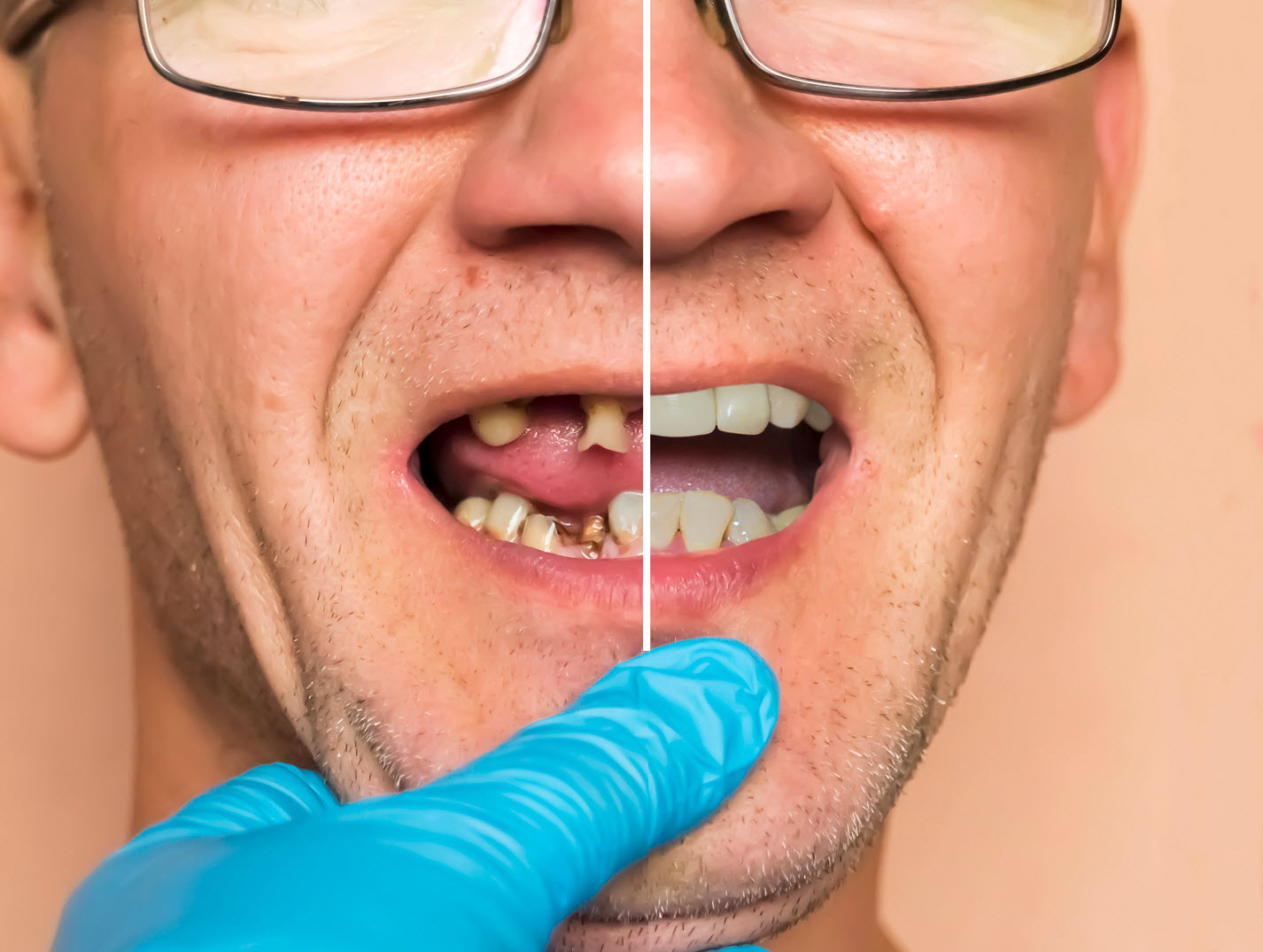
Pure Dentistry
Are you looking for comprehensive dental care in Upper Mount Gravatt, QLD, Brisbane? Look no further than Pure Dentistry! We’re here to turn your dental health around.
Our expert team at Pure Dentistry dental in Brisbane is dedicated to preventing tooth decay, preserving your natural teeth, and creating beautiful smiles. Whether you’re in need of routine cleaning, considering orthodontic treatment, or exploring dental implants, we’ve got you covered.
Worried about discomfort or pain during procedures? We provide general anaesthesia and happy gas to ensure a comfortable and stress-free experience. See Brisbane Sleep Dentistry Clinic for IV sedation solutions, or see sleep dentistry for Children in Brisbane. We also offer flexible payment options through Humm and Supercare, making our top-tier dental care more accessible than ever.
Don’t let dental issues hold you back. Connect with us today at Pure Dentistry, and let us help you achieve a healthier, brighter smile.
